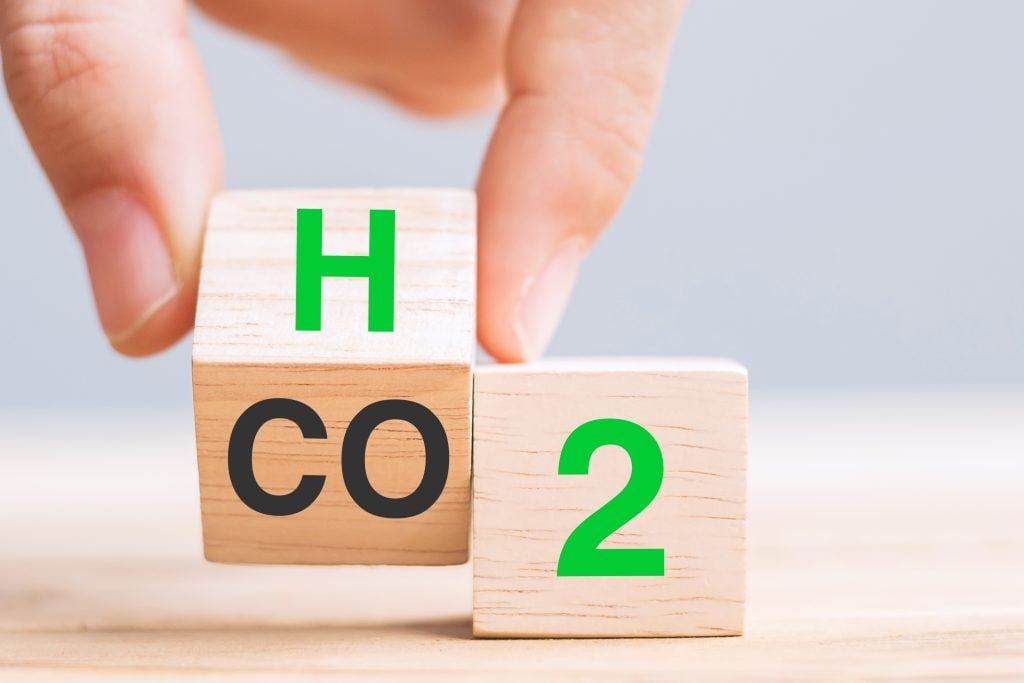What are carbon markets and why are they important?
There are broadly two types of carbon markets, compliance and voluntary

In a nutshell, carbon markets are trading systems in which carbon credits are sold and bought. Companies or individuals can use carbon markets to compensate for their greenhouse gas emissions by purchasing carbon credits from entities that remove or reduce greenhouse gas emissions.
One tradable carbon credit equals one tonne of carbon dioxide or the equivalent amount of a different greenhouse gas reduced, sequestered or avoided. When a credit is used to reduce, sequester, or avoid emissions, it becomes an offset and is no longer tradable.
Why are carbon markets important?
In 2021, the Intergovernmental Panel on Climate Change (IPCC) released a fresh report card on the world’s progress towards slowing climate change.
The bad news: Greenhouse gas (GHG) emissions are still rising across all major sectors globally, albeit at a slower pace. Among the good news: renewables are now cheap – cheaper often than coal, oil, and gas.
Despite some progress, the world faces a formidable challenge. Scientists warn 2°C of warming will be exceeded during the 21st century unless we achieve deep reductions in GHG emissions now.
Effective action will require concerted and sufficient investment, knowing also that the costs of inaction will be far higher. Developing countries will need up to US$6 trillion by 2030 to finance not even half of their climate action goals (as listed in their Nationally Determined Contributions, or NDCs).
The latest IPCC report finds all countries are falling way short, with financial flows three to six times lower than levels needed by 2030 – and even starker differences in some regions of the world.
So how do we drive – and finance – the transformation needed to address the climate crisis? Many countries are looking to the market as part of the answer.
How many types of carbon markets are there?
There are broadly two types of markets. Compliance and voluntary.
Compliance markets are created as a result of any national, regional and/or international policy or regulatory requirement.
Voluntary markets – national and international – refer to the issuance, buying and selling of carbon credits, on a voluntary basis.
The current supply of voluntary carbon credits comes mostly from private entities that develop carbon projects, or governments that develop programs certified by carbon standards that generate emission reductions and/or removals.
Demand comes from private individuals that want to compensate for their carbon footprints, corporations with corporate sustainability targets, and other actors aiming to trade credits at a higher price to make a profit.
What are some examples?
One type of compliance market that many people will have heard of are emissions trading systems (ETS).
Operating on a “cap-and-trade” principle, regulated businesses – or countries, as in the case of the European Union’s ETS – are issued emission/pollution permits, or allowances by governments (which add up to a total maximum, or capped, amount). Polluters that exceed their permitted emissions must buy permits from others with permits available for sale (i.e., trade).
The European Union launched the world’s first international ETS in 2005. In 2021, China launched the world’s largest ETS, estimated to cover around one-seventh of global carbon emissions from the burning of fossil-fuels. Many more national and subnational ETS are now operating or under development.
The Clean Development Mechanism (CDM), adopted under the Kyoto Protocol in 1997, is another well-known example of an international compliance market. Under the CDM, emission-reduction projects in developing countries have generated carbon credits used by industrialized countries to meet part of their emission reduction targets.
Looking ahead
UN Secretary-General Antonio Guterres has urged the world to “put the pedal to the metal” in addressing the climate crisis.
If held to high standards of integrity and transparency, carbon markets can help accelerate the transformation needed, by effectively putting a price on pollution and creating an economic incentive for reducing emissions. They can also help generate some of the vast sums needed to build resilience.
With the Paris Rulebook finalized, and the global community engaged in discussion around Article 6 as well as how to ensure integrity, momentum is growing.


